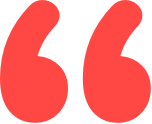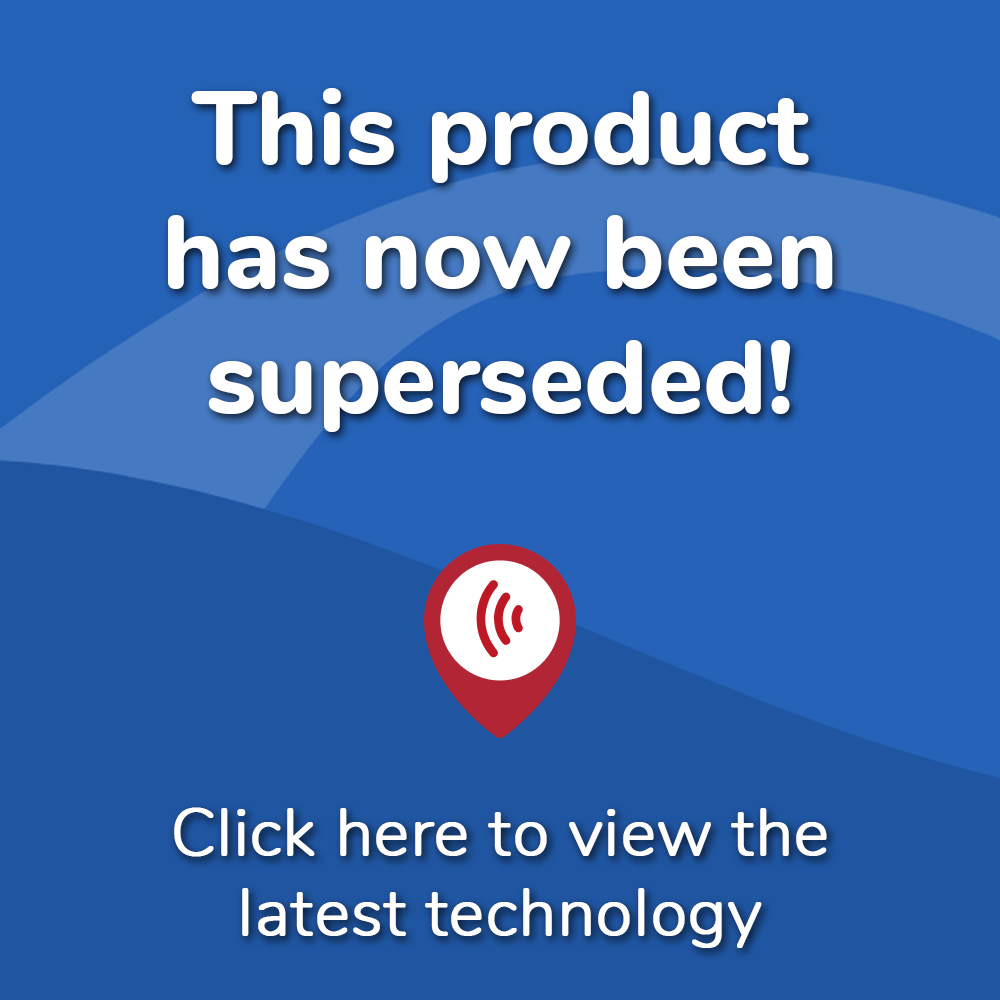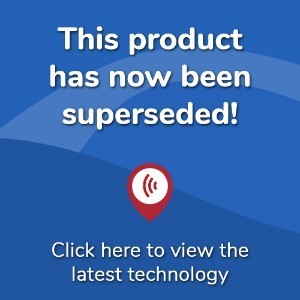WARNING Superseded Product Newer Resound Models Available

What's included in our hearing aid prices?
Details & Features
Resound ONE 7 Hearing Aids Overview
March 2023 Update: This hearing aid range has now been superseded by more advanced Resound hearing aids here
September 2022 Update: Resound now offer rechargeable custom hearing aids with Resound ONE's advanced hearing technology. More details further down the page.
2022 Update: Resound added three new BTE's to the range, offering premium hearing solutions for a wide range of hearing losses. Including a miniBTE, standard BTE and a Power BTE, both available in rechargeable models.
An introduction to Resound ONE 7 hearing aids
Launched in August 2020 the Resound ONE supersedes the LiNX Quattro and has revised the Resound sound. Resound ONE 7 hearing aids will give you access to a more natural listening experience with the new additional microphone placement.
Who does this performance level suit and what is the difference between the Resound ONE 7 hearing aids and 9? Resound ONE 7 is the middle technology level and is a very respectable hearing aid featuring most of the features of the top level. However, this level provides fewer customisations and automatic programme changes.
It's important to check with your audiologist to see if these missing features would benefit your hearing loss level. To view all the features of this hearing aid range, view our Resound ONE 9 hearing aids here
Resound ONE 7 hearing aid models available
- Receiver in the Canal/Ear (RIE 61): Standard 312 battery.
- Receiver in the Canal/Ear (RIE 61): Lithium-Ion rechargeable battery.
- Receiver in the Canal/Ear (RIE 62): Standard 13 battery.
- Mini Behind the Ear (miniBTE): Lithium-Ion rechargeable battery.
- Behind the Ear (BTE): Standard and Lithium-Ion rechargeable battery.
- Power Behind the Ear (Power BTE): Standard and Lithium-Ion rechargeable battery.
- In the Ear (ITE): A wireless connectivity custom rechargeable hearing aid that can stream calls and music to your ears. Looks like an earbud.
- In the Canal (ITC): A wireless connectivity custom In Ear rechargeable hearing aid that can stream calls and music to your ears. Looks like an earbud.
- Completely in the Canal (CIC): Non-wireless and discreet custom In Ear standard battery hearing aid.
The Resound ONE 7 hearing aid design
Since the LiNX Quattro, Resound has given this new platform a new shape - the 'M&RIE' design. This new structure uses your unique ear shape to enable the most natural sound.
Resound ONE 7 hearing aid's All Access Directionality
Delivering the best position to hear the most important sounds by adjusting to your listening patterns. This means that you can feel more confident in conversation - especially when your environment is noisy. You will be more engaged and speech will be effortless in social gatherings.
Resound ONE 7 hearing aids activate Ultra Focus & Resound Assist LIVE
With these digital hearing aids, you can improve your one-to-one hearing experiences in challenging environments. Hearing speech is easier, as it shifts the focus away from your surroundings without feeling isolated from them. The Resound Assist LIVE offers you remote assistance and the chance to speak in real-time with your audiologist.
Resound ONE 7 hearing aids Bluetooth connectivity
Connect to your TV and get the sounds of your favourite shows directly in your hearing aids. Connect directly to your iPhone and Android with Resound ONE - streaming audio and calls to your ears via reliable low-energy Bluetooth.
Need more support with Resound ONE 7 hearing aids?
If you would like more information on the Resound ONE hearing aids and whether they are right for your hearing loss - call us free on 0800 567 7621 for extra support. Alternatively, you can watch the unboxing and product videos below or visit the Resoun ONE range page here
►Click here to go to the top of the page
Other performance levels in the Resound ONE hearing aid range:
►Click here to view Resound ONE 9 hearing aids
►Click here to view Resound ONE 5 hearing aids
**Please note, there will be an additional surcharge of £125 if we are pairing a single hearing aid with an existing aid bought from another company where we are taking over the aftercare responsibilities and looking after both hearing aids**
Paul Harrison is an audiology expert at Hearing Aid UK, with over 20 years of audiology experience and a member of the British Society of Hearing Aid Audiologists Council (BSHAA) between 2015 - 2020.
Explore Resound ONE 7 hearing aid prices, video and brochure below
Watch Our Resound ONE 7 Hearing Aids Unboxing Video Below
Have any questions?
Here, at Hearing Aid UK, we offer a wide range of hearing aids available on the market - keeping up to date with the best and latest hearing aid technology.
We can support your hearing healthcare in clinic or in the comfort of your own home and with nationwide coverage, we will have an audiologist near you.
Whatever your hearing loss level, budget, or style our audiologists can help you find the perfect hearing solution for you.
Call us free for support and advice on 0800 567 7621
Resound ONE 7 Hearing Aids Information
Click on the buttons below to discover moreOur specialist service includes:
Do not spend hundreds of pounds without getting a second opinion from us.
Please call us on 0800 567 7621
 Not only are the prices great, but the service is fantastic! Many thanks to your team.
Not only are the prices great, but the service is fantastic! Many thanks to your team.Other pages you might find useful
What's included in our hearing aid prices?
FAQs
In general, any audiologist will always recommend to you the hearing aid model that best suits your needs. Here is a useful checklist to make sure that is the case.
- Audiologist's level of knowledge: The audiologist you have seen will hopefully have a wide knowledge of all available hearing aids; however, some will only be familiar with a small number of brands and, therefore, may not really be in a position to know which model is the best for you. It is OK to challenge their recommendation and ask them to justify why this particular brand is the one for you.
- Do research: Read about the hearing aid that was recommended. Does it seem like it will suit your lifestyle? Does it have more or fewer features than you need?
- Be aware of sales targets: Many high street retailers have specific tie-ins to a particular manufacturer/brand. The hearing aid they have suggested may still be the correct one for you, but do your research so that you know why they might have recommended it.
If you have significant hearing loss in both ears, you should be wearing two hearing aids. Here are the audiological reasons why:
Localisation: The brain decodes information from both ears and compares and contrasts them. By analysing the minuscule time delays as well as the difference in the loudness of each sound reaching the ears, the person is able to accurately locate a sound source.
Simply put, if you have better hearing on one side than the other, you can't accurately tell what direction sounds are coming from.
Less amplification is required: A phenomenon known as “binaural summation” means that the hearing aids can be set at a lower and more natural volume setting than if you wore only one hearing aid.
Head shadow effect: High frequencies, the part of your hearing that gives clarity and meaning to speech sounds, cannot bend around your head. Only low frequencies can. Therefore, if someone is talking on your unaided side, you are likely to hear that they are speaking, but be unable to tell what they have said.
Noise reduction: The brain has its own built-in noise reduction, which is only really effective when it is receiving information from both ears. If only one ear is aided, even with the best hearing aid in the world, it will be difficult for you to hear in background noise as your brain is trying to retain all of the sounds (including background noise) rather than filtering them out.
Sound quality: We are designed to hear in stereo. Only hearing from one side sounds a lot less natural to us.
Fancy some further reading on this topic? You can read about why two hearing aids are better than one in our article, hearing aids for Both Ears, here
For most people, the main benefit of a rechargeable hearing aid is simple convenience. We are used to plugging in our phones and other devices overnight for them to charge up. Here are some other pros and cons:
For anybody with poor dexterity or issues with their fingers, having a rechargeable aid makes a huge difference, as normal hearing aid batteries are quite small and some people find them fiddly to change.
One downside is that if you forget to charge your hearing aid, then it is a problem that can't be instantly fixed. For most, a 30-minute charge will get you at least two or three hours of hearing, but if you are the type of person who is likely to forget to plug them in regularly, then you're probably better off with standard batteries.
Rechargeable aids are also a little bit bigger and are only available in Behind-the-Ear models.
Finally, just like with a mobile phone, the amount of charge you get on day one is not going to be the same as you get a few years down the line. Be sure to ask what the policy is with the manufacturer's warranty when it comes to replacing the battery.
For most people, the answer is yes. But it's never that simple.
The majority of hearing problems affect the high frequencies a lot more than the low ones. Therefore, open fitting hearing aids sound a lot more natural and ones that block your ears up can make your own voice sound like you are talking with your head in a bucket. Therefore, in-ear aids tend to be less natural.
However, the true answer is we can't tell until we have had a look in your ears to assess the size of your ear canal, and until we have tested your hearing to see which frequencies are being affected.
People with wider ear canals tend to have more flexibility, also there are open fitting modular CIC hearing aids now that do not block your ears.
There is also the age-old rule to consider, that a hearing aid will not help you if it's sat in the drawer gathering dust. If the only hearing aid you would be happy wearing is one that people can't see, then that's what you should get.
Most people can adapt to any type of hearing aid, as long as they know what to expect. Have an honest conversation with your audiologist as to what your needs are.
Generally speaking, six or more. Unless it's none at all. The number of channels a hearing aid has is often a simplistic way an audiologist will use to explain why one hearing aid is better than another, but channels are complex, and it is really not that straightforward. Here are some reasons why:
Hearing aids amplify sounds of different frequencies by different amounts. Most people have lost more high frequencies than low, and therefore need more amplification in the high frequencies. The range of sounds you hear is split into frequency bands or channels, and the hearing aids are set to provide the right amount of hearing at each frequency level.
Less than six channels, and this cannot be done with much accuracy, so six is the magic number. However, a six-channel aid is typically very basic with few other features and is suitable only for hearing a single speaker in a quiet room. The number of channels is not what you should be looking at; it's more the rest of the technology that comes with them.
As a final note, different manufacturers have different approaches. One method is not necessarily better than any other. For example, some manufacturers have as many as 64 channels in their top aids. Most tend to have between 17 and 20. One manufacturer has no channels at all.
Manufacturer's warranties typically last between 2-5 years, depending on the brand and model, and cover defects in materials and workmanship. This includes repairs for component failures, electronic malfunctions, and manufacturing defects, but excludes damage from misuse, accidents, or normal wear. Most manufacturers also include loss and damage insurance for the first year.
We handle all warranty claims on your behalf, liaising with manufacturers and ensuring you get replacement devices quickly when needed. This comprehensive warranty coverage, combined with our lifetime aftercare, gives you complete peace of mind.
Our hearing tests are completely free, whether at our clinics or in your home. Unlike other providers who charge £30-£100 for home visits, we believe hearing healthcare should be accessible without financial barriers. Our comprehensive assessments include examination by a registered audiologist, audiogram results, and personalised recommendations.
All testing, future adjustments, and ongoing support are included at no extra cost. While NHS tests are also free, typical 6-week waiting periods often lead people to seek immediate private testing. We provide prompt, professional assessments that fit your schedule and budget.
Yes, we offer completely free home visits throughout the UK, and this service is included in our prices with no additional charges. Home visits are particularly valuable for people with mobility issues, busy schedules, or those who simply prefer the comfort and convenience of their own environment.
Our audiologists can conduct full hearing tests, fit hearing aids, and provide ongoing support in your home. This service sets us apart from many providers who either don't offer home visits or charge extra for them.
We can offer prices up to 40% lower than high street retailers because of our business model. As a network of 200+ independent audiologists, we don't have the massive overheads of large retail chains - no expensive high street premises, no sales targets pushing audiologists to sell the most expensive options, and no costly marketing campaigns.
However, we maintain the same buying power as the big chains because we purchase on behalf of our entire nationwide network. This means you get access to the same premium hearing aids with professional service, but at genuinely competitive prices.
We offer a comprehensive 60-day money-back guarantee, which gives you twice the industry standard time to properly assess whether your hearing aids are right for you. This extended period recognises that adjusting to hearing aids takes time, and your brain needs several weeks to adapt to the amplified sounds.
Unlike many providers who offer just 30 days, we believe 60 days gives you the confidence to test your hearing aids in all the situations that matter to you - from quiet conversations at home to busy restaurants and outdoor activities.
Other Models
Ask the Experts
6 Morton Lane
Walkwood
Redditch
Worcestershire
B97 5QA
Latest Launch
When we refer to a product as 'Latest Launch', we mean it is the latest to be released on the market.
New
When we refer to a product as 'New', we mean that the product is the newest hearing aid model on the market.
When we refer to a product as 'Superseded', we mean that there is a newer range available which replaces and improves on this product.
Older Model
When we refer to a product as an 'Older Model', we mean that it is has been superseded by at least two more recent hearing aid ranges.



